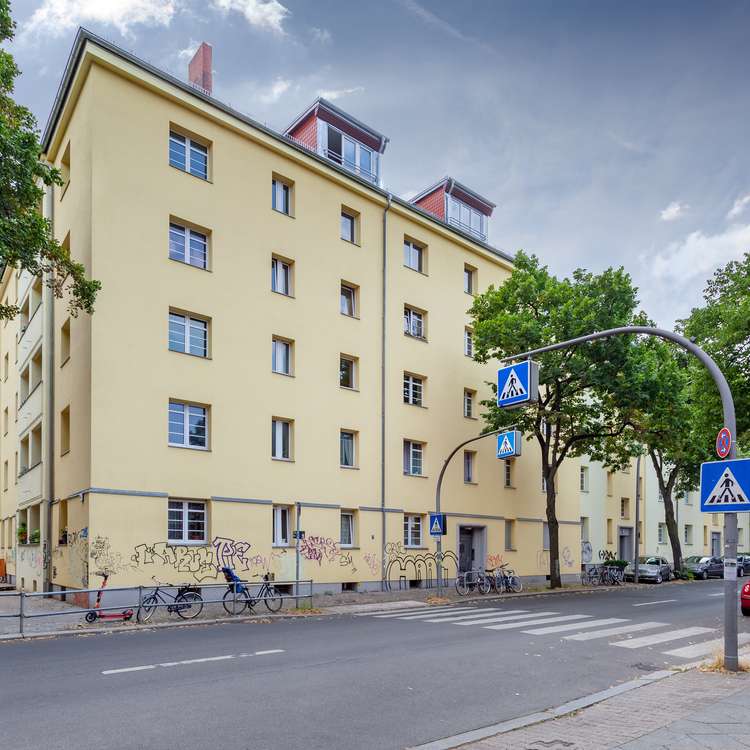Trend
Neukölln is one of the hippest neighbourhoods in the world. The sometimes somewhat disorganised conditions in Berlin's multicultural hipster hotspot are a curse and a blessing. The administration may be a little outdated and complicated, but at the same time it is cosmopolitan and democratic. No wonder this extremely diverse district is appreciated by its residents despite its weak points.
Owning or buying a flat in Neukölln is a good decision, regardless of the type or location. There is demand everywhere. From chic flats in old buildings on Richardplatz to 70s units in less well-kept locations. Tenants can always be found everywhere. Milieu protection areas cover the entire district and reduce the supply of old buildings, which increases their value.
For a few years now, the housing stock has been lightened up by new construction projects close to residential areas; numerous appealing projects enrich the district's appearance. New neighbourhoods are now also opening up previously rather peripheral locations from the south. Rixdorf, one of Neukölln's most sought-after residential districts, is a good example of the new Neukölln mix.
Projects along the S-Bahn in Saalestraße are revitalising derelict inner-city areas and transforming dingy corners. Particularly exciting is the development along Karl-Marx-Strasse, where ambitious office projects will take on a lighthouse role. These central and lively locations in Neukölln are also attractive to established companies, as young, well-educated and international employees value the neighbourhood. And Berlin needs nothing more than skilled workers.
The district of Neukölln has become a major player in Berlin's residential investment market and will continue to develop its strengths in the coming decades.

